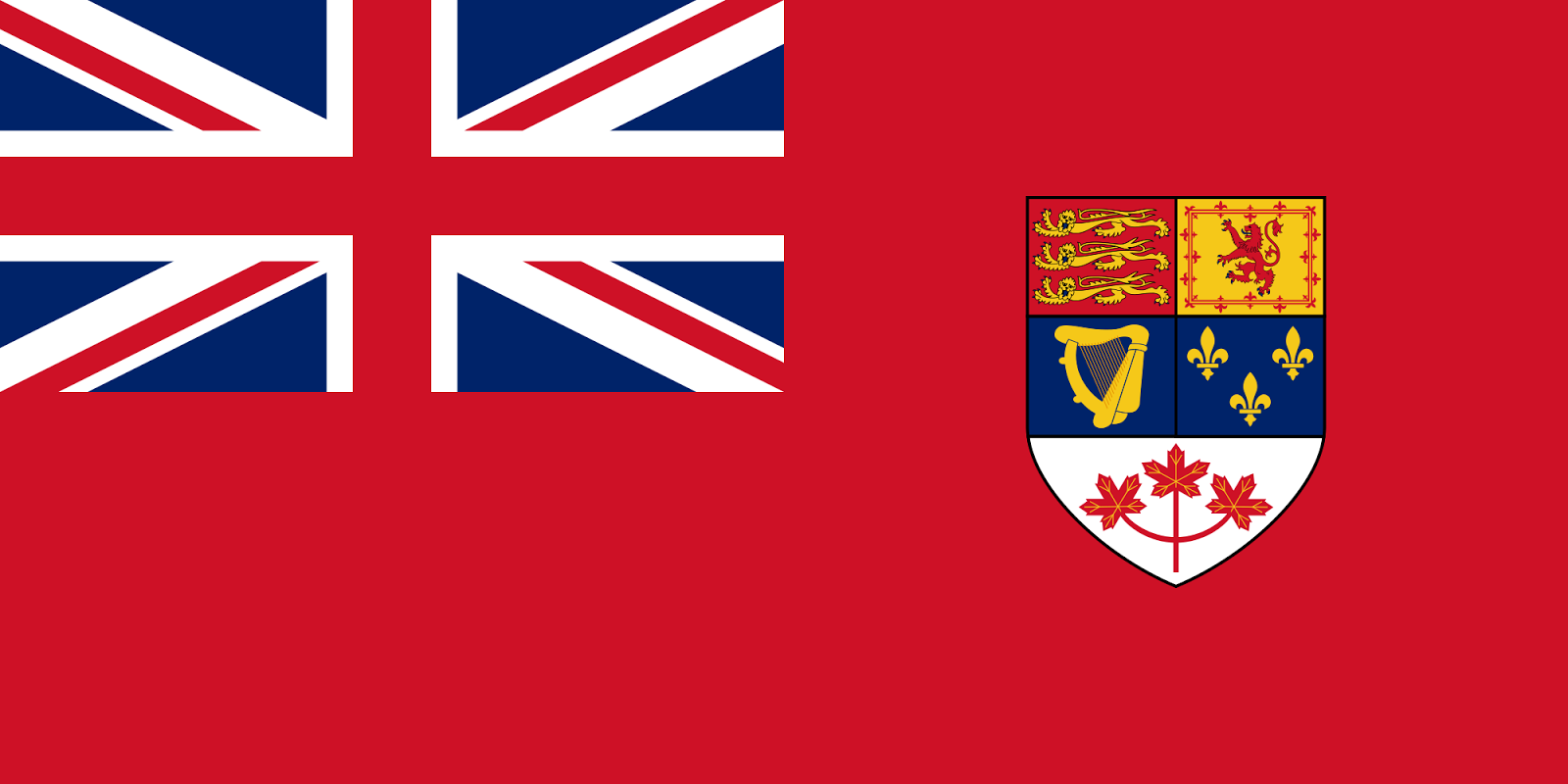Our classification of the world of knowledge into different academic specialties can sometimes lead us to miss important connections. So can our division of the world of knowledge into different “civilizations”-- as if they never spoke to one another.
Take Martin Luther. Nobody ever seems to remark upon the obvious and detailed way in which his objections to the Catholic Church, and those of other early Protestants, reflected positions historically taken by Islam. No: to read all accounts, Luther was driven solely by what he saw in the Church of his day, never by any alternate model of which he might have become aware.
But how likely is this, really, given that, in Martin Luther's lifetime, Islam was making a serious bid to take over Europe, and most specifically, a serious bid to take over his own nation, the Holy Roman Empire? How could he not have been aware of it and of what it taught?
Review this timeline:
1389 – Ottomans take Serbia.
1396 – Ottomans take Bulgaria.
1416 – Jan Hus, in Bohemia, declares that popes should not take up the sword in the name of the Church.
1420-1432 – Hussite Wars in Bohemia.
1453 – Ottomans take Constantinople.
1463 – Ottomans take Bosnia.
1475 – Ottomans take Crimea.
1478 – Ottomans take Albania
1480 – Ottomans take Otranto, in Italy.
1498 – Ottomans take Montenegro.
1514 – Selim I of the Ottomans defeats the Shah of Iran and takes Tabriz, his capital. Eastern Anatolia and Kurdistan are annexed.
1517 – Selim I takes Syria, Palestine, Egypt, Mecca and Medina.
1517 – Selim is declared Caliph of Islam, and takes possession of the mantle and sword of Mohammed. This involves a claim to world rulership.
1517-1520 – Selim I preparing grand expedition against Hungary.
1517 – Luther nails his 95 Theses on the door of Wurms Cathedral.
1519 - Ottomans take Algeria.
1520 – The Ottoman Empire is now three times its size in 1500.
1520 – Luther publicly burns copy of canon law. He writes The Babylonian Captivity, his definitive break from Rome.
1521 – Suleiman takes Belgrade.
1521- Luther's “Here I stand” speech at Wurms.
1522 – Suleiman takes Rhodes.
1524 – Luther stops wearing the religious habit.
1525 - Luther takes a wife.
1526 – Suleiman takes Budapest, conquers Hungary, and arrives at the borders of the Holy Roman Empire.
1529 – (First) Seige of Vienna. Suleiman attacks with 325,000 men, 90,000 camels and 500 cannon.
1530 – Augsburg Confession
1531 – Luther declares Catholic priests and monks to be sodomites.
1531 - Smalkaldian Alliance of Protestant princes.
1532 – Second Seige of Vienna.
1533 – Ottomans take Mesopotamia.
1533 – John Calvin undergoes “sudden conversion.”
1535 – Henry VIII breaks away from the Catholic Church.
1536 – Calvin's Institutes of the Christian Religion
1536 – Geneva City Council passes Calvin's Genevan Confession
1538 – Barbarossa, the Ottoman admiral, destroys the combined fleets of Venice, Spain, and the Papal states, establishing Muslim dominance over the Mediterranean.
1539 – Luther endorses polygamy.
1543 – Ottoman navy takes Nice.
1543 – John Calvin founds his theocratic government in Geneva
1551 – Ottomans take Libya.
At the very least, some odd coincidences there. Are these matters unrelated?
Realistically, what would have happened had Vienna fallen? Those among the learned ready to leave the Catholic Church and convert to Islam would have moved up very quickly in the courts of the new Ottoman government. The Ottomans would have desperately needed a civil service both literate and fluent in the local vernacular.
Indeed, from 1453, if not before, what might an especially well-educated man have easily suspected to be the inexorable future of Eastern and Central Europe? H.G. Wells says it, in his Outline of History: “A man of foresight surveying the world in the early sixteenth century might well have concluded that it was only a matter of a few generations before the whole world became Mongolian [Wells counts the Turks as “Mongols”] -- and probably Muslim” (Wells, p. 582). This Muslim ascendancy continued until the Battle of Lepanto, in 1571, which finally, in Cervantes's words, “broke the pride of the Osmans and undeceived the world which had regarded the Turkish fleet as invincible.”
Did educated people in Europe really not know what was going on elsewhere? Not likely—especially in a time when the educated of Europe all read the same language, Latin. When the Hussites rose against Rome in Prague, for example, Joan of Arc off in France, herself not literate, sent a letter warning she might lead an army againt them. As the Ottomans conquered each succeeding country, peasants stayed on their lands if they could, and nobles too, perhaps, their wealth being based on their land. But wouldn't many members of the educated clerical classes choose to flee, to neighbouring Christian countries, bringing with them some reports of the conquerors and their views?
 |
| Martin Luther, 1526 |
Now let's consider the demands of the Hussites, the “first blush of the Reformation.” According to the relevant Wikipedia entry, they held:
- the Bible is the sole rule for human society
- the Bible is to be applied in both sacred and civil matters
- images of the saints are not to be used
- no intercession for the dead
- lay preachers
- no transubstantiation of the host. Communion is symbolic only.
- receipt of communion as both bread and wine
- hostility to the monastic orders
Commentary, on each element in turn:
- Bible alone. The idea of the Bible as the sole rule seems to come directly from Islam—in which, it has been said, the Qur'an takes the position held in Christianity by Jesus Christ. The “Word of God” in Islam is the holy book; in Christianity, until the Reformation, it was Jesus, the Logos. This doctrine, of “sola scriptura,” becomes fundamental to Luther as well.
- Bible as law. This violates the original Christian notion of a separation of church and state, as in Jesus's “render unto Ceasar what is Caesar's.” Pope and Emperor have always had separate spheres of influence, at least in principle. It is, however, central to Islam, in which the earthly ruler is expected, beginning with Mohammed himself, and continuing with the persons of the Ottoman Caliphs, to also be the supreme spiritual leader. This notion of the civil power being able to decide religious affairs is the cornerstone of Luther's later Smalkaldian Alliance; of Calvin's Genevan Republic; and of course of Henry VIII's policy of “Anglicanism.”
- No images. Though there is of course some sanction in the Bible, iconoclasm—the opposition to “graven images”--could easily also come directly from Islam. Wahhabi Muslims even today object in the strongest terms to images of the prophets (roughly equivalent to Catholic saints). One might think it could come also from Judaism—but excavations at Dura-Europos suggest that Judaism, too, got this from Islam. The synagogue there, built in the third century, is replete with images.
- No intercession. The objection to intercession for the dead can be understood as, and later explicitly became, a denial of the existence of purgatory. One was either saved or damned, a simply binary gate. There was only heaven and hell after this life. This conforms well with the Muslim conception, in which there are similarly no grey areas, and no purgatory. The denial of intercession for the dead was the original grounds, of course, for Luther's break with Rome.
- Lay preachers. This evolved into lay ministers in later Protestantism. The emphasis on laity and de-emphasis on a formal priestly office, again, seems to reflect a strong tendency in Islam, which opposes any professional priesthood. Every individual Muslim is supposed to read the Qur'an for himself, and leadership at services is by lay volunteers.
- No transsubstantiation. This de-emphasis on the ritual and sacramental elements of Christianity also conforms with Islam, which has no sacraments and no rituals. A Muslim service is simply prayer, no more and no less. This also eliminates the need for a priesthood.
- Communion in both species. This is one demand that seems to have nothing to do with Islam. But it would also be no problem for church authorities, then or now. If communion has traditionally been bread only, this is mostly because of the danger of communicating disease from a shared cup. This would have been an especially good idea at the time of the Hussites, when Black Plague was decimating Europe. The fact that priests always did themselves take the wine as well, however, might have made this seem, to Hussites, to be a kind of priestly privilege, and so this demand becomes part of their Islamist distain for a professional priesthood.
- No monks. Hostility to monasticism is very much in accord with the teachings of Mohammed, who declared “no monkery in Islam.” To Muslims, and to Protestants, it is wrong to withdraw from the world; to Muslims, and to Protestants, it is wrong to remain celibate. Luther personally took a wife, and went so far as to condone the practice of polygamy.
All these Hussite causes, in other words, are equally Muslim causes. They are all also Lutheran causes. Luther adds “sola fides,” the doctrine that salvation is accomplished by faith alone. This deemphasizes good works; it also deemphasizes reason. From the Muslim point of view, the rationalism of Catholic Christianity was a Greek intrusion on the pure original revelation. Sola fides is also in accord with the Muslim belief that what counts is “submission to God,” Islam, and not acts. Muslims are saved; infidels are damned.
A similar rush by intellectuals, by knowledge workers, to embrace the doctrines of an opposing power has happened many times in history. Julian Benda traces the phenomenon in his celebrated book La Trahison des Clercs. Like the Vicar of Bray, the bureacrats do whatever is necessary to preserve their power and the power of the bureaucracy. From 730 to 787, in the first blush of Muslim conquests, a similar sort of proto-Reformation broke out across the Byzantine Empire, indeed encouraged by the Emperor. This “iconoclasm” objected to the use of religious images of all kinds. In this case, the connection with Islam is clear, and uncontroversial: from 635 to 677, the Muslim Arabs were steadily annexing the lands of the Eastern Empire, culminating in 677 in a seige of Byzantium itself.
We have seen again a similar phenomenon in our own time. Throughout the Cold War, as Western democracies faced a massive military threat from the Marxist regimes of Russia and China, the average Wetern intellectual became convinced—and stayed convinced right up to 1989—that something like Soviet Communism was the world's future. From the fall of Fascism in the 40s, the faculty lounges of North America and Europe were steadily growing in their nominal admiration for Marx, Mao, Ho Chi Minh, and Che Guevara. Smart move, on the whole—no downside now, and if and when the Communists did take over, they might well keep their tenure.
Now that the most apparent threat has shifted to Islamism, so, with alacrity, are the faculty lounges. We have seen an odd alliance emerge of faculty Marxists with Islamists, against Israel and in oppostion to “Islamophobia.” The intellectual ground is shifting as we speak; in a generation or two, if Islamism retains its preeminence in opposition, university faculty generally will probably buy in in herds, and the present Marxism will be down the memory hole.
This all suggests, of course, pure mendacity on the part of the intellectuals. Benda called it “treason.” First, they seem insincere in claiming their positions are based on learning and reason, as opposed to power and their own class interests. Second, in political-military terms, it really is treason. What could be better calculated to weaken the West while in its mortal peril from the Ottomans than the Hussite demands and rebellion, the Lutheran demands and rebellion? These were Fifth Columns, very much in Franco's sense of the term.
So, of course, were the American academics who more recently opposed the Vietnam War, encouraged Mao, Ho, and Che, and called for unilateral disarmament. Not to mention those who praised Saddam and demanded a unilateral pullout from Iraq.
When future sources of power seem uncertain, it seems good sense to hike that clerical gown and climb onto the nearest fence. Ready to jump.
Such times are the times and trials that separate sheep from goats, and the sincere of the Beatitudes from the Pharisees.
To stay on the side of truth, and regardless of what we think of Islam, when seeking to learn from history, we should always decide in favour of the side that stood against the seeming tide of sheer self-interest.
I know my Protestant friends are not going to like this—and really, it's no reflection on them. But it is hard to see how Luther was anything more than a shrewd Pharisee.
That's one reason why I am Catholic.














2 comments:
Fabulous essay. I haven't read anything like this elsewhere.
- Diana R.
I dont know what to say. This web site is amazing. Thats not truly a actually substantial statement, but its all I could come up with soon after reading this. You know a great deal about this subject. Much making sure that you produced me wish to understand additional about it. Your web site is my stepping stone, my buddy. Many thanks for that heads up on this theme.
Post a Comment